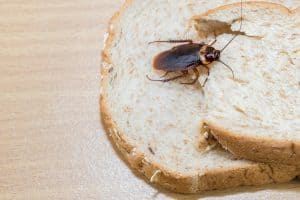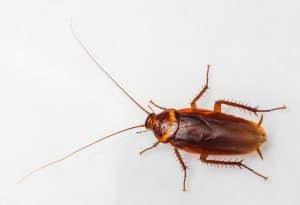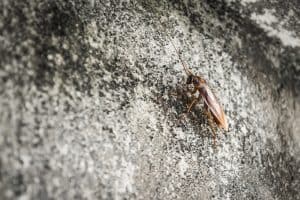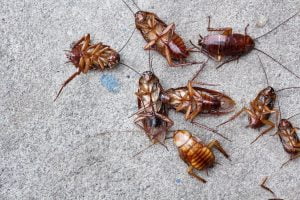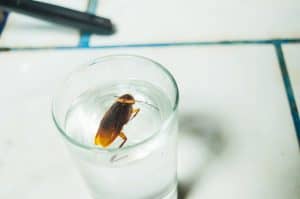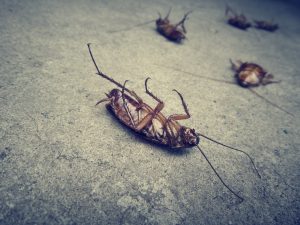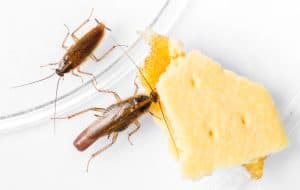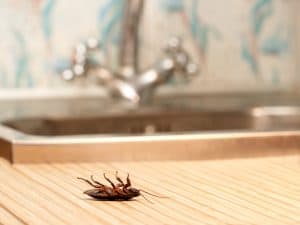
How to get rid of roaches?
Cockroaches are resilient pests which many believes can withstand a nuclear explosion (it is not true by the way).
How to get rid of the roaches you may ask?
There are many ways to get rid of them, but it is also important to prevent them from appearing.
Quick Overview of steps to get rid of roaches
- Investigate your case. Understanding where is the cockroach infestation and what could be the reason they have appeared. Look under the kitchen cabinets, fridge, stove and other places where they might be hiding.
- Cockroach-proof your house. Seal all the cracks, around pipes and make sure there are no vents missing
- Clean your house. Empty the trash bin every evening, wash dishes before you go to sleep, keep food in containers rather on the counters and mop your floors regularly.
- Use professional products and help. When you want to get rid of roaches effectively make sure that you are using professional products and methods which are proven and fits your needs. Start by placing gel bait stations near the places you think cockroaches are hiding.
- Be patient. It is a normal part of the extermination and takes about two weeks. If needed, repeat the process and be consistent. If you stuck and don’t know what to do – call a professional.
What Harm Can Cockroaches Cause?
Sanitation doesn’t really have any meaning in a roach’s dictionary. These insects thrive and feed on garbage. Their favorite place to breed is in the sewage. And you may have noticed that these creatures love to lay waste all across your kitchen counter.
When it comes to roaches and disease, a study at Cambridge University has indicated that over 30 different species of bacteria can be found in areas where roaches are in close proximity to.
There haven’t been any outbreaks linked to cockroaches, but they can most definitely play a big role in spreading infections. Roaches are less likely to be the prime factor of spreading disease, but they tend to play supplementary roles.
Information provided by the World Health Organization state that roaches are suspected carriers of microorganisms that can be the cause for cholera, leprosy, dysentery, diarrhea, typhoid fever, and plague.
Additionally, research shows that cases of people who suffer from asthma can get worse when a legion of roaches is lurking in their household. How is that even possible? Cockroaches produce a protein that can evoke allergic reactions.
Even the waste, saliva, and the shed skin of a cockroach can serve as triggers of such allergies. The National Pest Management Association reported that 63% of the homes in the US. contain cockroach allergens, with that percentage rising in urban areas up to 98%.
Related articles
Why Do Cockroaches Appear At Your Property?
You can mop the floors and make everything shine all you want, but are you cleaning the places that actually need to be cleaned? Cockroaches are often found lurking in hidden places out of your sight that we don’t even notice or know they exist in our house.
Heck, you may take a look right now and find a cockroach squeezed in between the wall and the oven because that’s where grease drippings are at. You may have spilled some orange juice underneath the fridge a few days ago, don’t be surprised to find a swarm of roaches there.
Cockroaches require water to survive. But unlike us, cockroaches don’t care a whit about where they get their water from, they’ll happily drink out of a leaky, rusty pipe or faucet then proceed to explore the rest of your house.
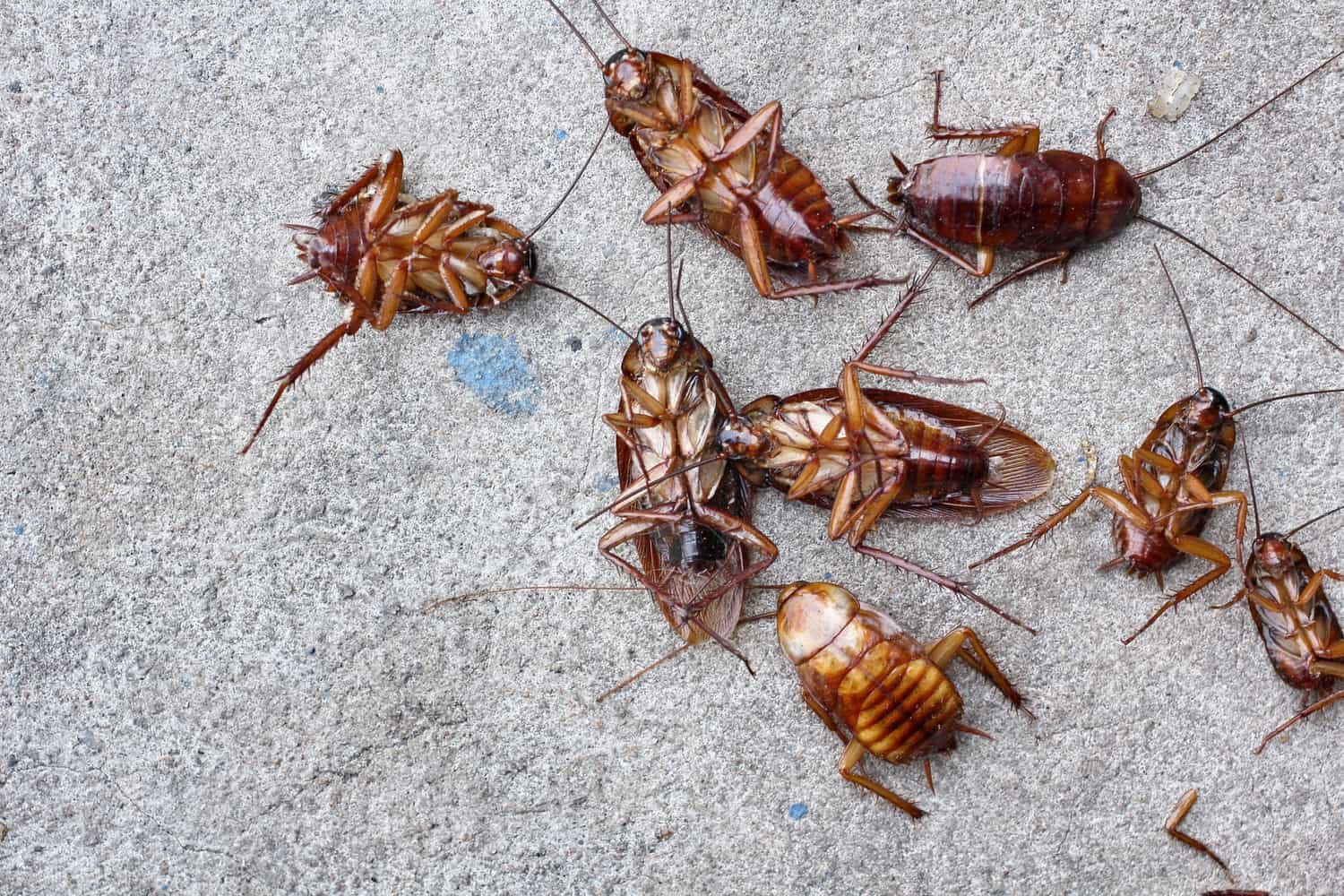
Roaches can also be attracted to condensed water around air conditions and fridges. Don’t be surprised to find roaches drinking out of your pet cat’s water bowl.
These insects love dark and damp places. Your house’s basement is almost like a 5-star resort for the most privileged of roaches. When they’re not enjoying their suites in your basement, you can find roaches having picnics under your appliances or in the dark corners of you r cabinets.
The stack of cardboard boxes that you have in your garage is luxurious housing for a roach as it provides it with darkness and shelter. Some of these boxes may even be a little damp for a lucky cockroach. Not only that, but roaches can also feed on cardboard. They’re not picky eaters.
Everything is a snack in a roach’s eyes. These creatures can find a nourishing meal in wallpaper paste, leather, soap, grease, and even human hair. Keeping this in mind is enough to answer the question at hand.
Related articles
How To Prevent Roaches From Appearing?
An ounce of prevention equates to a pound of cure.
You need to make sure that you thoroughly clean your house and get rid of any food residue, especially grease. Your counters need to be wiped clean every night and must never leave your sink stacked with dirty dishes.
Make it a habit to sweep the floors each night before going to bed. Moreover, make sure that the stovetop is sparkling and that there is no grease spilled underneath the stove. We get it, this is too much work to ask for, but making sure your house is clean is much better than hosting flying roaches in your household.
Another thing you must do is to seal up all the cracks and holes in your home. This is imperative if you live close to neighbors that don’t really share the same standards of sanitation that you’re trying to maintain. Seal the spaces between the wall and the countertop, inside your pantry, and in the baseboards to prevent roaches and other crawly things from sneaking into your home.
Remember when said that roaches need water? Well, this is another reason to add to the list of why you should get the water leaks in your house fixed already. Also, it helps to keep the space as cool as you can because these cold-blooded creatures like to warm up in the heat.
Related articles
Ways To Get Rid Of Roaches
There are plenty of ways you can keep your house completely free of roaches. These ways can be divided into four categories: chemical methods, mechanical methods, folk methods, and pest control services. Let’s briefly look at the positives and negatives of each approach.
Chemical Methods
Chemical methods such as gels, sprays, and foggers are highly effective ways you can get rid of cockroaches. However, chemical methods have serious disadvantages. Firstly, roaches have an ability to build up a tolerance to any chemical roach killer over time.
Additionally, chemical roach killers make your house smell funky and can be harmful to humans and animals in the house. Further, a cockroach can easily hide until the effect of the poison is all gone. Also, the use of such chemicals can trigger allergies.
Related articles
Mechanical Methods
Mechanical methods of getting rid of cockroaches are the least convenient out of the bunch. You can kill cockroaches by freezing them to death. If the winter is significantly cold in your region, it may be a good idea to take all of your belongings outdoors for a few days and just let everything in the house freeze to death. Pretty hardcore, huh?
The second mechanical method that you can employ and probably the most popular one known to man is by simply crushing the crawler. If you have a single-roach problem, this method is very effective. However, unless you enjoy hunting roaches, this method won’t get rid of infestations.
Related articles
Folk Methods
There are a few folk methods that have proven their effectiveness in the fight against roaches. The first folk you can employ is to use boric acid because of its poisonous nature. All you really need to do is sprinkle some boric acid in your trash bin and near all water sources. This is by far the best natural roach killer you can use.
You can also use a mixture of boric acid and raw egg yolk. I’d highly recommend this method because the smell of boric acid on its own can repel them from eating the powder. All you need to do is take 1 yolk and mix it with 50 grams of boric acid, roll balls out of the mixture, let it dry, and just spread them across areas where you suspect roaches to be at.
The last method I’m aware of to keep these creatures out of your house is to add ammonia to your sweeping water. I’m yet to see a living organism that can stand the smell of ammonia.
Related articles
Pest Control Services
Disinfection is the most effective way you can combat the presence of cockroaches or any other species of insects in your house and it’s a process that’s carried out by pest control services like epidemiological and sanitary stations. The process doesn’t usually take longer than 1 hour, but it can be quite expensive. During the process of disinfection, you have to leave your house for about 5-6 hours, along with your pets. When choosing a pest control service to perform this process, make sure you ask for their certificates. Also, make sure that you receive a disinfection conclusion and guarantee from the appointed organization.
What Doesn’t Work?
Just like there are folk methods that are effective in killing roaches, there are ones that aren’t so effective. The first ineffective folk method of killing roaches is the use of herbs and citrus liquids. This myth has been busted by many pest control experts, so don’t even bother with it.
Another false internet claim when it comes to this topic is the use of cucumber. Dear person who gave birth to this myth, are you serious? Cucumber will do absolutely nothing to roaches, expect maybe feed them, so don’t leave any cucumber peels around whatsoever.
The final myth I know of is the use of soapy water. This method makes a lot of sense and is a lot more reasonable than the previous two methods. However, this isn’t the most reliable method because it seems to garner mixed results. Some people say it works, other people say it doesn’t do anything at all. From personal experience, we’d say that it works, but in a painfully slow pace.
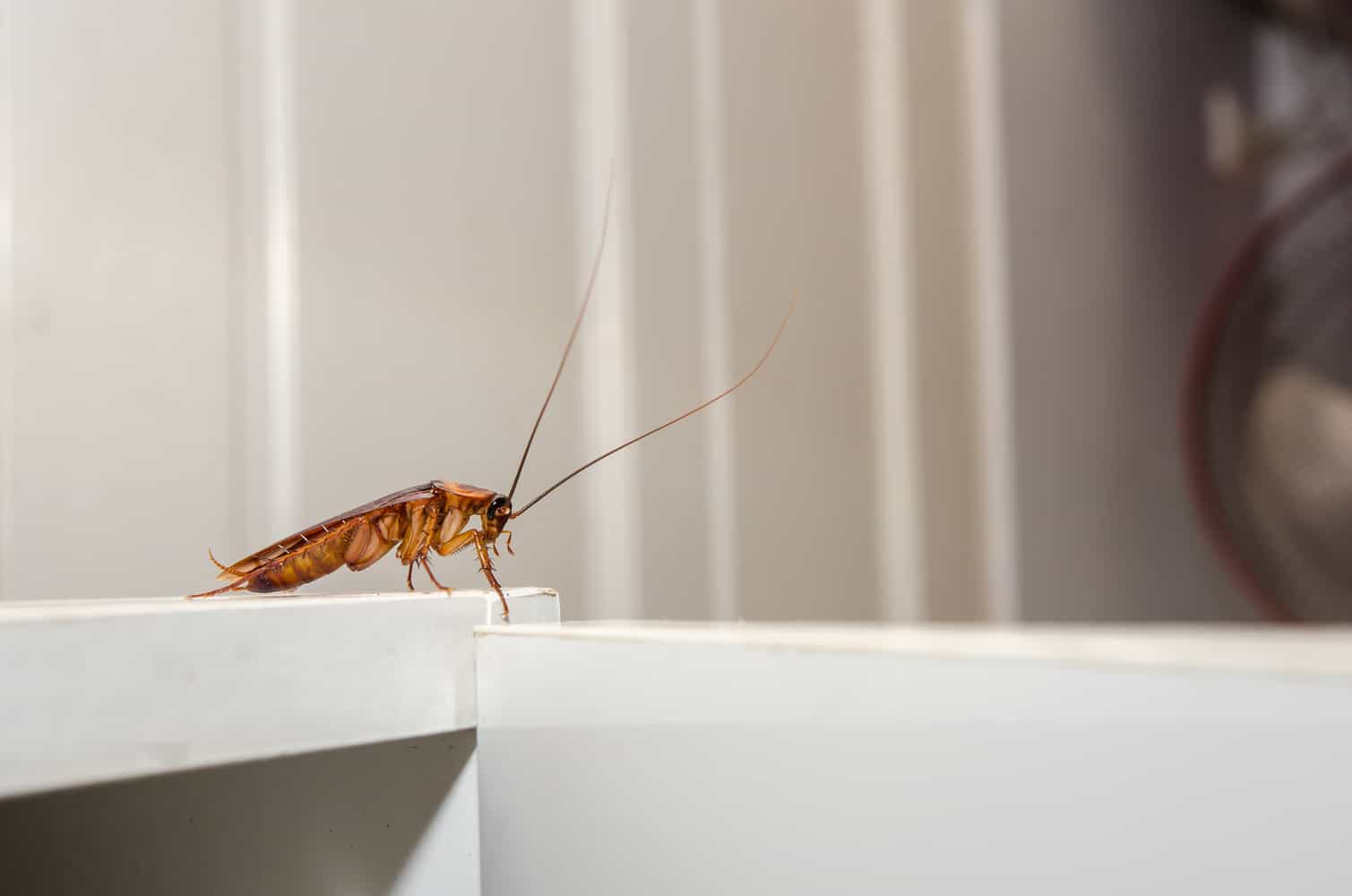
Risks And Precautions
While the use of pesticides such as sprays may help you get rid of roaches and a bunch of other pests, many of these pesticides are comprised of hazardous chemicals that can poison you. You also need to understand that pesticides can enter the body in three ways: oral entry, respiratory entry, and dermal entry.
It’s strongly advised to use pesticides in accordance with the instructions provided on the labels. If you ignore reading these directions, you run the risk of poisoning yourself and everyone in the same proximity.
Other careless acts that you should avoid include leaving pesticides in places where children or pets can get to, not using protective clothing while using the pesticide, spraying the pesticides in windy weather conditions, contaminating eating/cooking utensils while spraying, and not moving people and animals out of the area you’re about to spray.
I can’t stress enough how important it is to read the label on the pesticide’s container. On the label you’ll find instructions about how to handle, apply, and store the pesticide. You’ll also see tips on how to get the best results out of this pesticide.
By law, the label on a pesticide container must provide information about the pesticide such as its name, the poison schedule and its level of toxicity, and the name of the pesticide chemical in the container, also known as the active constituent. Here’s a picture example.
Not to state the obvious, but the container will only contain a small percentage of the pesticide chemicals. The rest of the components in the container are there to serve different purposes. For instance, the container may include water, which helps dissolve the pesticide chemicals. It may also include carrying agents, which are used to distribute the chemicals.


